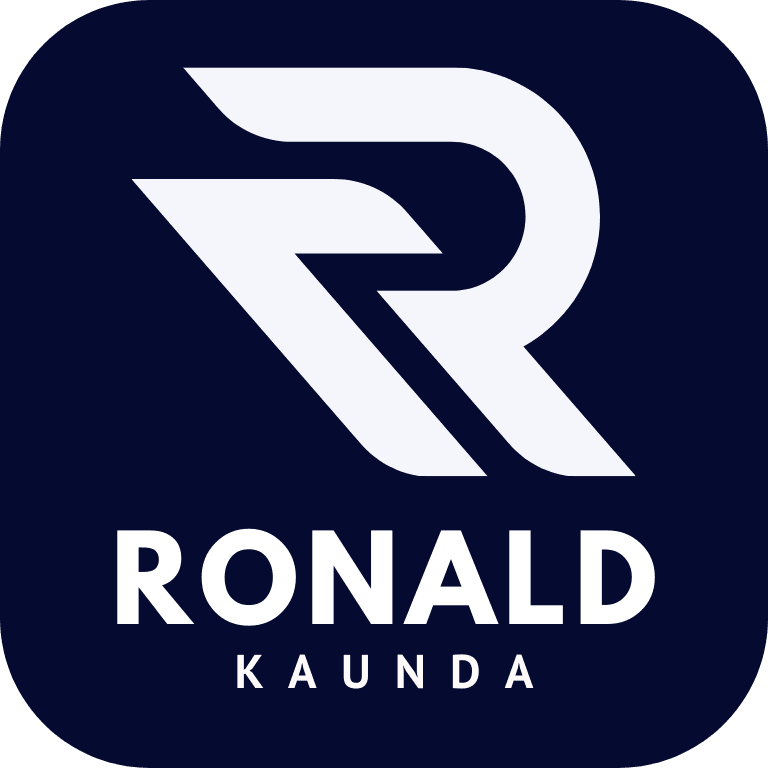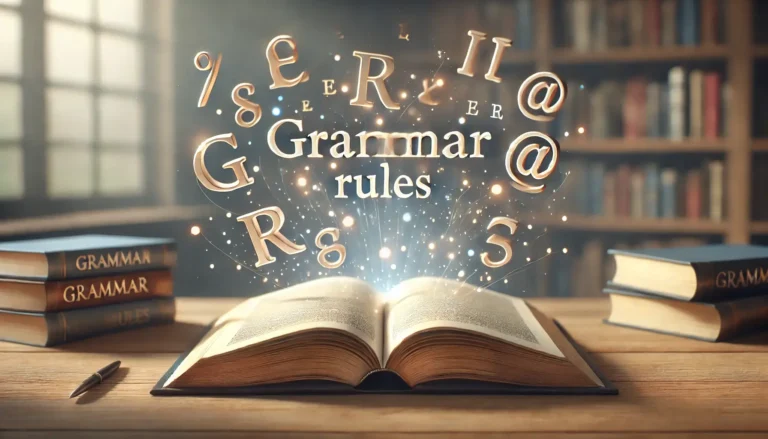A verb is an essential component of a sentence, acting as the action or state of being. They help convey what is happening, when it happens, and who or what is involved.
Without verbs, communication would lack structure and clarity, as they enable us to express time, mood, and voice. In this detailed description, we will explore different types of verbs, their functions, and examples to illustrate their role in English grammar.
What Is a Verb?
A verb is a word that expresses action, occurrence, or a state of being. Verbs form the core of a sentence and are necessary to indicate what the subject is doing or what is happening to the subject. They help in making statements about the subject, either by showing an action (e.g., “run,” “speak”) or a condition (e.g., “is,” “seem”).
Example of action verbs:
- “She runs every morning.”
- “He speaks fluently.”
Example of state-of-being verbs:
- “She is happy.”
- “The weather seems perfect.”
Verb Conjugation
Verb conjugation refers to changing a verb form to express tense, mood, person, number, or voice. English verbs change their forms primarily to reflect the time at which an action occurs.
Example of verb conjugation:
The verb “to run”:
- Present tense: I run, You run, He/She runs, We run, They run.
- Past tense: I ran, You ran, He/She ran, We ran, They ran.
- Future tense: I will run, You will run, He/She will run, We will run, They will run.
Regular vs. Irregular Verbs
Verbs in English are classified as regular or irregular based on how they form their past tense and past participle.
Regular Verbs: These verbs follow a predictable pattern by adding “-ed” to the base form to form the past tense and past participle.
Examples:
- Talk → Talked → Talked
- Work → Worked → Worked
Irregular Verbs: These verbs do not follow a consistent pattern, and their past forms can vary significantly.
Examples:
- Go → Went → Gone
- Eat → Ate → Eaten
Transitive and Intransitive Verbs
Verbs can also be categorized based on whether they require an object to complete their meaning.
Transitive Verbs: These verbs require a direct object to complete their action.
Examples:
- “She reads a book.”
- “He kicked the ball.”
Intransitive Verbs: These verbs do not require a direct object to complete their action.
Examples:
- “The baby cried.”
- “The sun shines.”
Stative and Dynamic Verbs
Stative Verbs: These describe a state or condition rather than an action. They are typically used to describe thoughts, emotions, relationships, senses, and states of being. Stative verbs are not usually used in the continuous tense.
Examples:
- “I know the answer.”
- “She loves her job.”
Dynamic Verbs: These verbs describe actions or processes that are happening or can be seen happening. They can be used in continuous tenses.
Examples:
- “He runs every morning.”
- “They are building a house.”
Linking Verbs
Linking verbs are used to connect the subject with more information about the subject, often describing or identifying it. They do not show action but instead connect the subject with an adjective, noun, or phrase. Common linking verbs: be, seem, become, appear.
Examples:
- “She is a teacher.”
- “The soup smells delicious.”
Auxiliary Verbs
Auxiliary verbs, also known as helping verbs, are used together with a main verb to show the verb’s tense, mood, or voice. Common auxiliary verbs include be, have, and do.
Examples:
- “She is running.”
- “They have finished the project.”
- “Do you know the answer?”
Modal Verbs
Modal verbs are a type of auxiliary verb that express necessity, possibility, permission, or ability. These verbs do not change their form according to tense or subject.
Examples:
- “He can swim.”
- “You must finish your homework.”
- “We should leave soon.”
Common modal verbs include can, could, may, might, shall, should, will, would, must, and ought to.
Phrasal Verbs
Phrasal verbs consist of a verb followed by one or more particles (prepositions or adverbs). The meaning of a phrasal verb often differs from the original verb itself.
Examples:
- “She gave up smoking.” (Stop)
- “They ran into an old friend.” (Meet unexpectedly)
- “He looked after the dog.” (Take care of)
Gerunds
A gerund is the -ing form of a verb that functions as a noun. Gerunds are used when actions are turned into subjects, objects, or complements of sentences.
Examples:
- “Swimming is a great exercise.”
- “He enjoys reading novels.”
Conclusion
Verbs are a fundamental aspect of English grammar, giving sentences their meaning by indicating actions, states, or occurrences. Understanding the various types of verbs—from transitive and intransitive verbs to modal and auxiliary verbs—helps in grasping how language functions to express complex ideas.
Verbs also undergo conjugation to indicate tense and agreement with subjects, and they can act as both actions and states. With regular and irregular forms, verbs present a versatile and varied part of speech that is key to mastering English.







